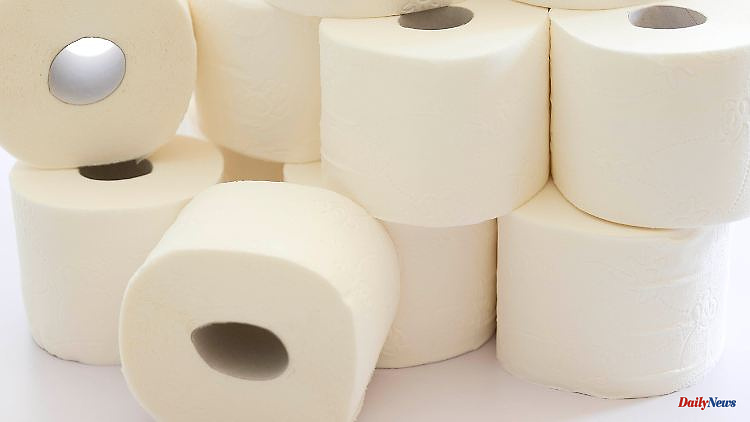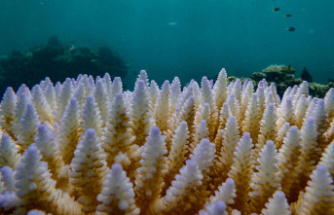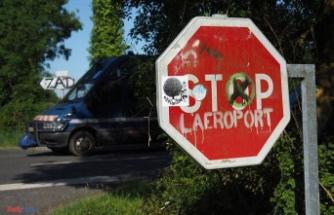Additives in toilet paper that have been underestimated up to now can be harmful to health. So-called perennial chemicals find their way back into the environment through wastewater and sewage sludge, a new study shows. Pizza boxes or shampoos also contain these substances.
Researchers have identified toilet paper as a "potentially significant source" of so-called perennial chemicals entering the environment. According to a study published in the journal "Environmental Science and Technology Letters", analyzes of toilet paper in America, Africa and Western Europe often found disubstituted polyfluoroalkyl phosphates (diPAP). These substances belong to the group of per- and polyfluorinated chemicals, PFAS for short.
PFAS are extremely durable in nature. Various studies conclude that some of them may affect fertility or cause developmental delays in children. The diPAP that have now been identified can potentially transform into other PFAS that are considered carcinogenic. The researchers point out that 'wastewater and sewage sludge are typically reused for irrigation and/or land application'. The fact that PFAS get into the environment in this way has already been explained in more detail. The presence of PFAS in toilet paper, even in small amounts, is therefore potentially significant.
According to the study, some papermakers add PFAS when converting wood into pulp, traces of which can contaminate the finished toilet paper product. Recycled toilet paper may also have been made with fibers derived from materials containing PFAS. The researchers combined their findings with data from other studies on PFAS levels in wastewater and per capita toilet paper consumption. According to this, toilet paper is responsible for about four percent of the diPAP in wastewater in the USA and Canada, for 35 percent in Sweden and up to 89 percent in France.
Regarding the lower percentage in North America, the researchers explained that this may be due to the fact that other products such as cosmetics, textiles and food packaging discharge significantly more PFAS into the wastewater there than in Europe, for example.
Several thousand chemicals belong to the group of PFAS. They are used in numerous products such as shampoos or pizza boxes. Germany, Denmark, Norway, the Netherlands and Sweden are calling for a ban on the eternal chemicals. They submitted this to the EU chemicals agency ECHA in January. The EU Commission would have to work out a regulation, which would then propose it to the member states. The ban is therefore not expected to be implemented until 2026 at the earliest.












